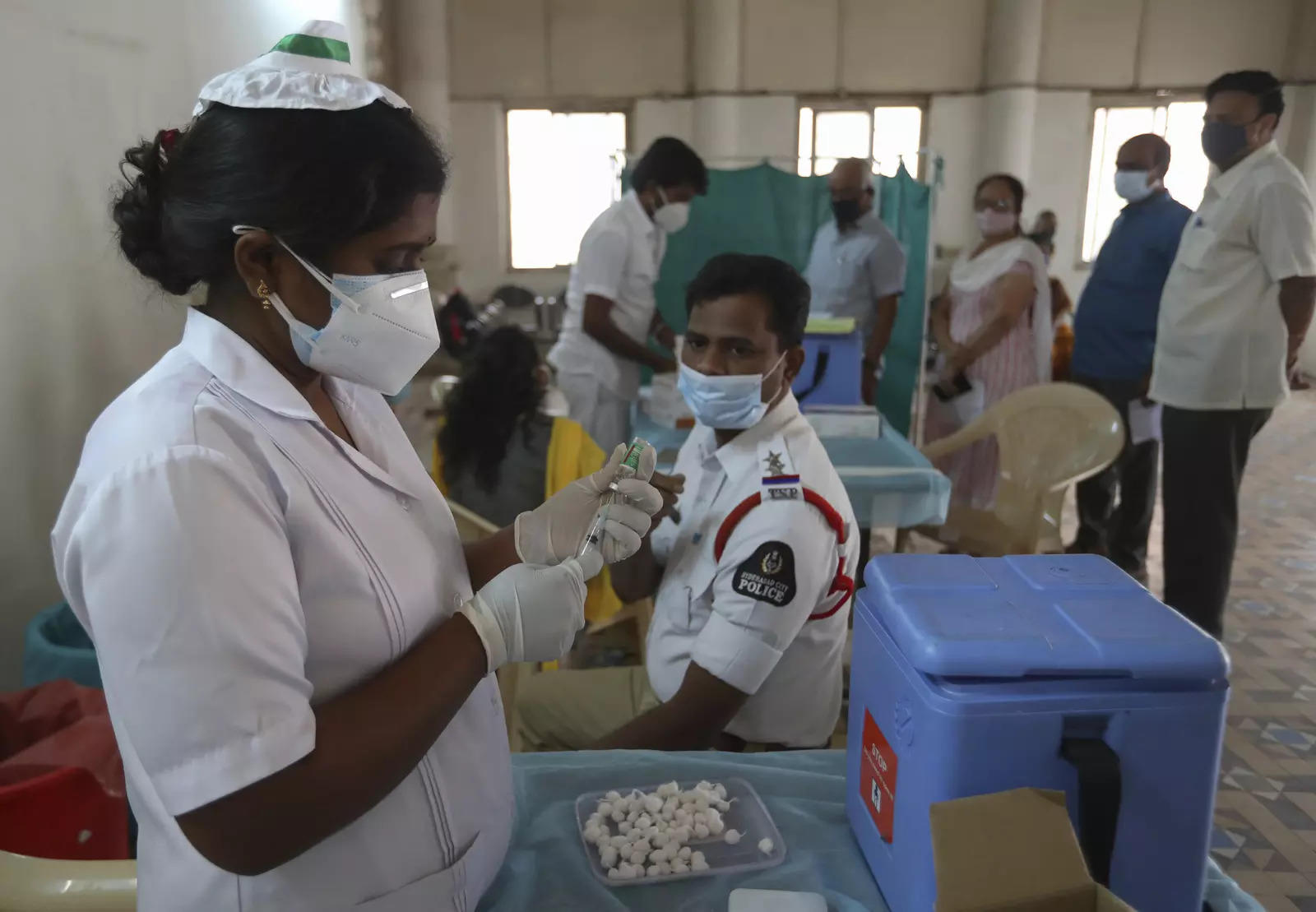- Health IT
- 3 min read
AIIMS to guide rural docs through ‘eSanjeevaniOPD’ to tackle Omicron
With the state guidelines indicating a surge in rural cases now, the district administration is gearing up for its acid test. The number of positive cases in the outskirts of the city and rural parts has been hovering around the 1,000-mark after January 19.
With the state guidelines indicating a surge in rural cases now, the district administration is gearing up for its acid test. The number of positive cases in the outskirts of the city and rural parts has been hovering around the 1,000-mark after January 19.
On January 19, 529 people had tested positive, which almost swung 118% up on the following day with 1,153 new cases in rural. The number of patients under treatment was 1.49 lakh on January 18, but increased to 1.61 lakh by January 30. On January 28, rural deaths (five) were more than the city’s (one).
Zilla parishad chief executive officer (CEO) Yogesh Kumbhejkar and district health officer (DHO) Dr Deepak Selokar said taluka-level ‘Covid control rooms’ have been set up at tehsil offices to monitor home-isolated patients, rate of hospitalization, medicine and consumable stocks, and other related logistics at the rural localities and health facilities.
Kumbhejkar said around 700 Covid beds with oxygen facilities have been created at AIIMS with requisite manpower, adding that Nagpur district also has 125 metric tonnes capacity oxygen storage facility at the Regional Mental Health Hospital.
The daily situation is being reviewed by collector R Vimala and civil surgeon Dr Sangeeta Thorat. With around 95% first dose and 60% second dose completion, the district administration is gearing up to meet the challenge.
Pulmonologist and Covid task force member Dr Ravindra Sarnaik said Omicron seems to have arrived through airports and spread everywhere. “There is nothing to stop the virus moving deep from airport to the interiors, as the market interactions, hospital visits of the suburban population in the city and such movements are common and cannot be stopped amid community spread. Citizens there need to be educated,” he said.
“The rural population uses scarves and clothes as masks, which has to be replaced with the proper one to stop Omicron transmission,” said Dr Sarnaik, adding that Covid distancing is also as important. Sarnaik said the hospitalization numbers need to be monitored.
Infectious diseases specialist Dr Ashwini Tayade, who had been holding training sessions for the district health team, said rural is also expected to start peaking now. “After Mumbai’s spike, Nagpur’s numbers too soared and now rural is expected to peak as per the observations of transmission dynamics. We are expecting more patients from outskirts and the periphery,” she said.
Tayade added that the paediatric population is also getting affected in more numbers, though the cases are not too severe barring a few.
Dr Selokar said the rural part of the district has already made a provision of more than 17,000 beds, which may be stretched by another 10,000 with sufficient oxygen facilities. “We have stocked paracetamol, antibiotics, multivitamins and other drugs, and readied oxygen facilities,” he said.



COMMENTS
All Comments
By commenting, you agree to the Prohibited Content Policy
PostBy commenting, you agree to the Prohibited Content Policy
PostFind this Comment Offensive?
Choose your reason below and click on the submit button. This will alert our moderators to take actions